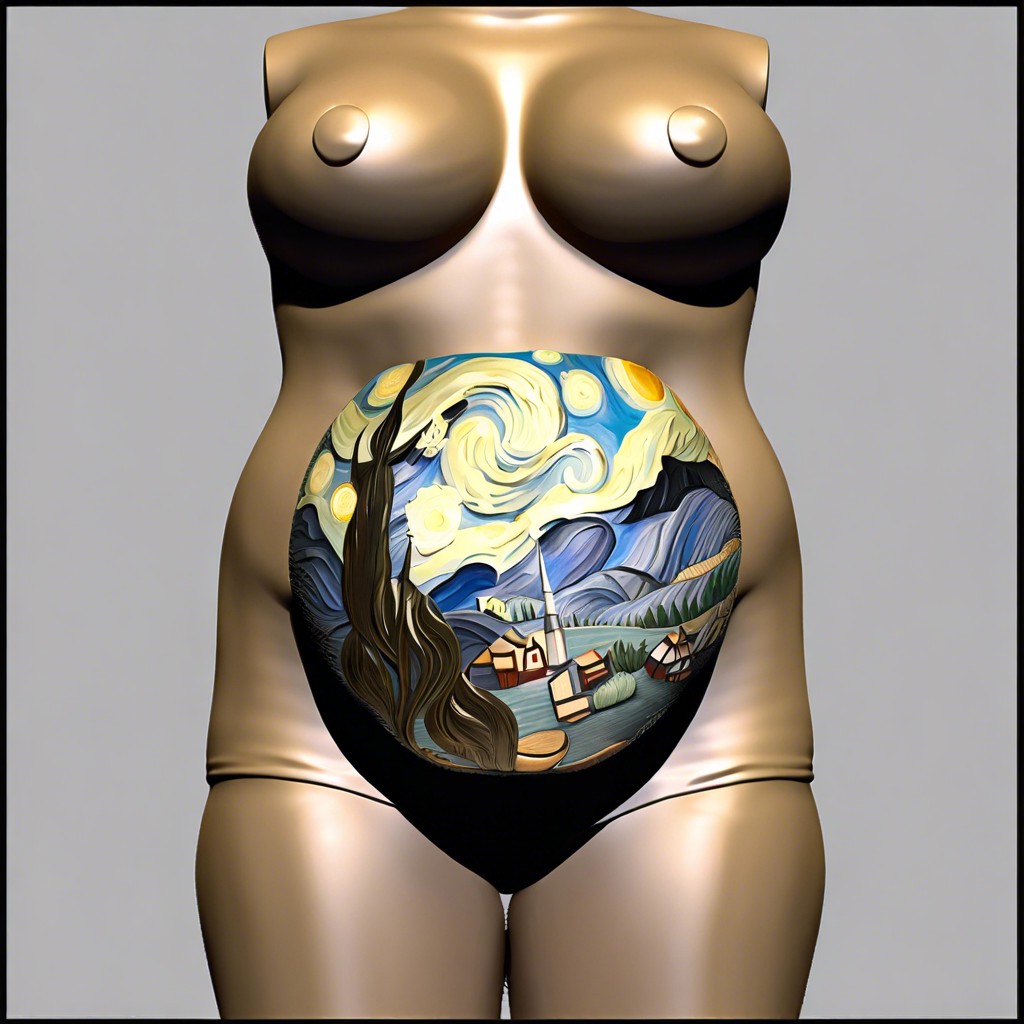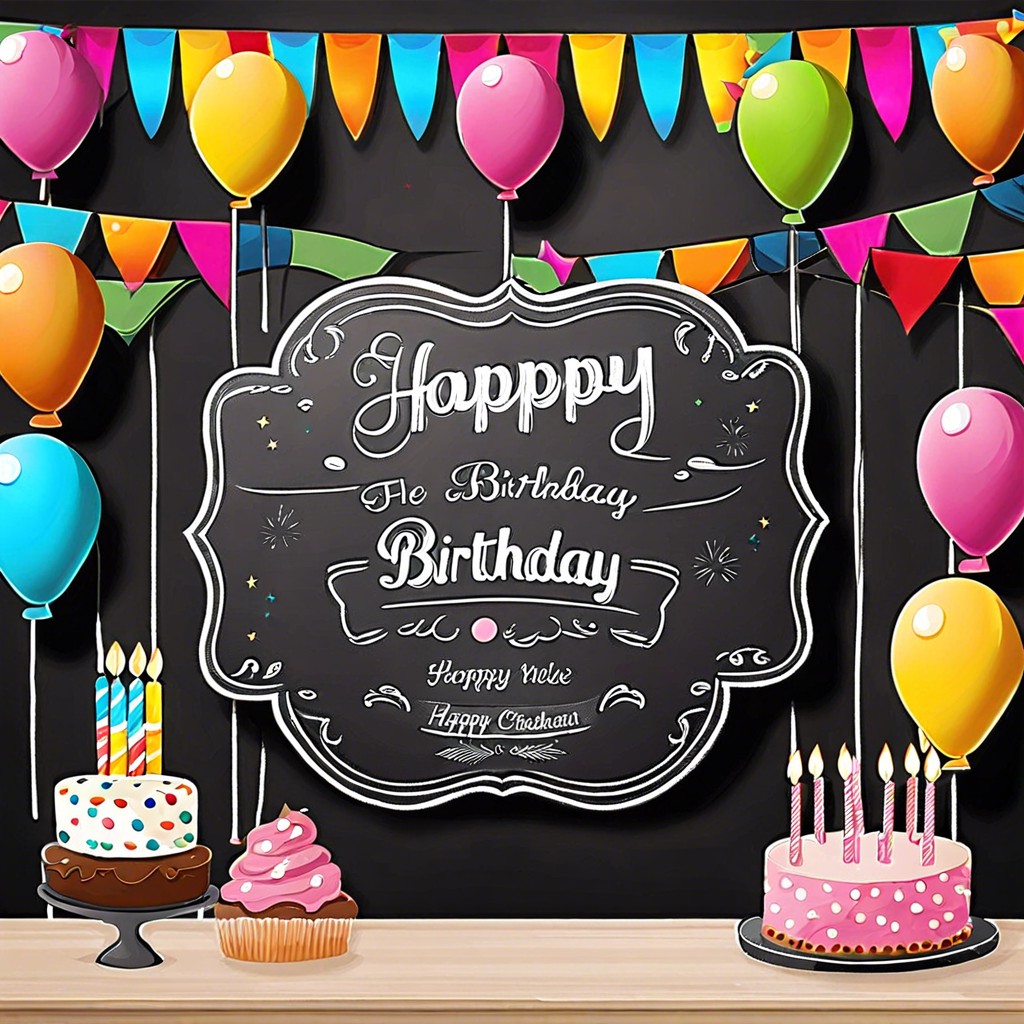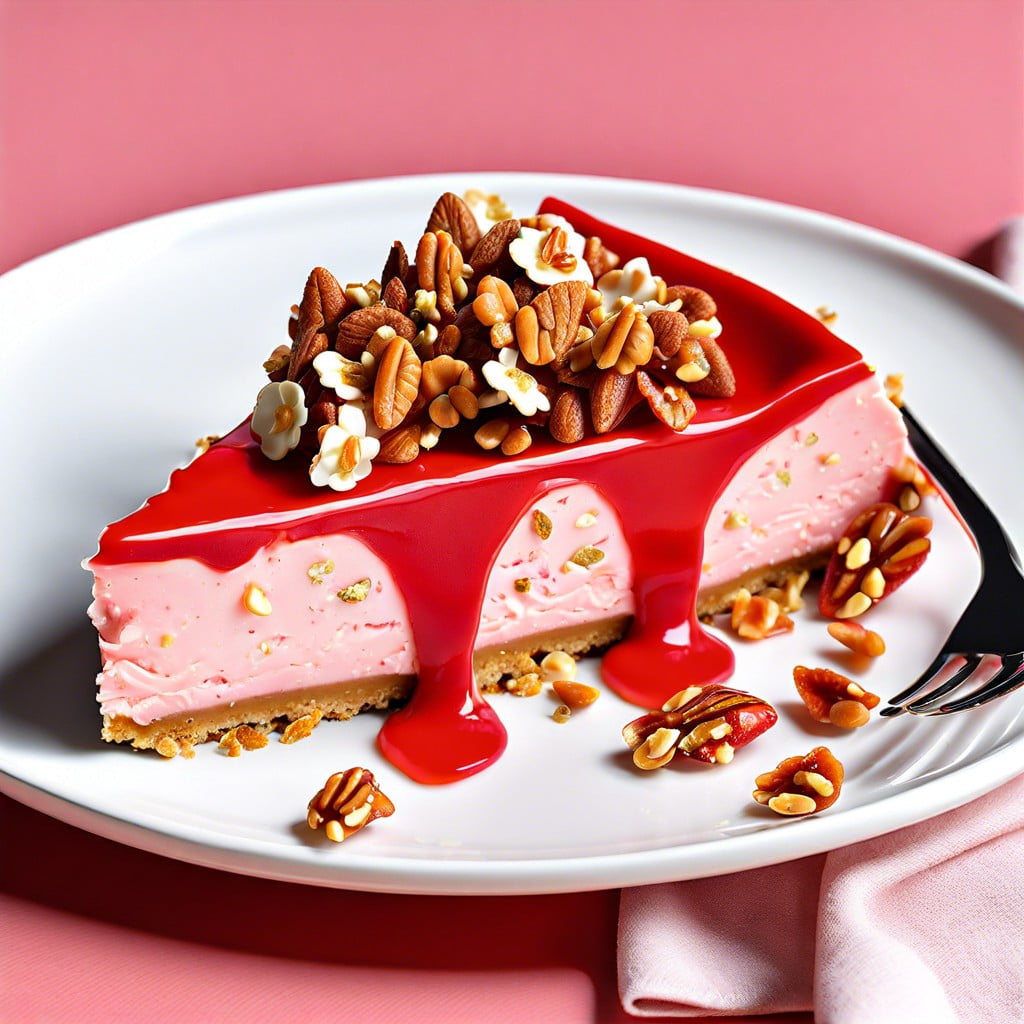Last updated on
Discover how to create a vintage charm in your home using Joanna Gaines’ chalk paint techniques.
Key takeaways:
- Chalk paint is versatile and adheres well to various surfaces.
- Prepping the surface and using quality brushes are crucial.
- Work in small sections and allow sufficient drying time.
- Lightly sand between coats for a smooth finish.
- Seal the paint with wax or polyurethane for durability.
Overview of Chalk Paint and Its Uses in Interior Decorating
Chalk paint is a versatile medium known for its matte finish and impressive adherence to a variety of surfaces, including wood, metal, and glass. This type of paint eliminates the need for a primer, simplifying the preparation process and saving time. Its thick consistency allows for easy distressing and texturing, techniques that add a vintage or shabby chic flair to furniture and decor.
One of the standout features of chalk paint is its quick-drying nature, facilitating rapid project completion. Additionally, it’s environmentally friendly, often containing low levels of volatile organic compounds (VOCs). Its ease of use makes it ideal for amateur DIYers as well as seasoned professionals looking to create a statement piece or a subtle update in any room.
In interior decorating, chalk paint is utilized for revamping old furniture, creating accent walls, or crafting custom art pieces. It’s receptive to waxes and sealants for a more durable finish or a patina that adds character. The breadth of colors available in Joanna Gaines’s line expands creative possibilities, aligning with her cozy, rustic-chic aesthetic while offering opportunities for personalization in home decor.
Detailed Guide On How to Use Joanna Gaines Chalk Paint
Successfully applying Joanna Gaines chalk paint begins with surface preparation. Ensure your selected piece is clean, dry, and free of loose paint or rust. Lightly sanding the surface can enhance adhesion.
When ready, stir the paint thoroughly to distribute pigments evenly.
Apply the first coat with a synthetic brush or roller, working in the same direction for a uniform look. Chalk paint dries quickly; allow it to do so before considering a second layer. Use a minimal amount on the brush to avoid unnecessary thickness and potential drips.
For distressing, after the second coat has dried, use fine-grit sandpaper on edges and details where natural wear would occur. Wipe away the dust before sealing the paint.
To seal and protect your work, finish with a clear wax using a lint-free cloth or wax brush. Buff to the desirable sheen, remembering that wax can take several weeks to fully cure.
Finally, maintain your chalk-painted furniture by occasionally dusting and applying a fresh wax coat as needed to preserve the finish and protect against stains.
Tips and Tricks for Achieving the Perfect Finish With Chalk Paint
To ensure a flawless finish with chalk paint, start by prepping the surface. Clean it thoroughly with soapy water and, if necessary, lightly sand any glossy finishes to help the paint adhere better. There’s no need to prime unless you’re working with a particularly stubborn surface.
When applying chalk paint, opt for a high-quality brush to minimize brush strokes for a smooth finish. If you prefer a more textured look, use a natural bristle brush and apply the paint with varying strokes.
Work in small sections to maintain control of the look. Chalk paint dries relatively quickly, so this will provide a more even coat. Allow sufficient drying time between layers. Rushing this process can cause the paint to pull away or become patchy.
To avoid brush marks and roller stipple, some people lightly sand between coats with a fine-grit sandpaper (around 400-grit). This step is optional but can help achieve a silky-smooth finish. Wipe away sanding dust with a clean, dry cloth before applying the next coat.
Finally, sealing chalk paint is paramount for durability. Apply a quality wax or a water-based polyurethane to protect the surface. Apply wax with a soft cloth or brush, and wipe off the excess. If you choose polyurethane, apply it with a foam brush or a sprayer to avoid marks.
Remember to cure the finished piece. While it might be dry to touch, the paint and sealer fully harden over time. Avoid using or placing anything heavy on the surface for a few days to prevent any marks or dents.
Examples of Projects Completed With Joanna Gaines Chalk Paint
Chalk paint isn’t just for giving furniture a distressed look. Its versatility shines through numerous creative projects where a matte finish and rich texture are desired. Here are several examples where Joanna Gaines chalk paint transforms everyday items into decor highlights:
- Kitchen Cabinets Refresh: A simple coat can rejuvenate old cabinetry, bringing a cozy, cottage-style charm to the heart of the home. With light sanding between coats, the cabinets can boast a smooth, professional finish.
- Statement Walls: Use stencils on an accent wall to create a faux wallpaper effect. The thick consistency of chalk paint makes it ideal for producing crisp, defined patterns that add character to a room.
- Refurbished Thrift Store Finds: From picture frames to side tables, thrift store items covered in chalk paint adopt a new chic life. Add wax to seal the deal for a piece that looks antique yet fresh.
- Fabric Touch-ups: Unlike traditional paint, chalk paint applies well to fabric, allowing you to spruce up cushion covers or even upholstered chairs. Keep in mind to adequately thin the paint to avoid stiffness and allow for fabric texture to show through.
These examples not only show the adaptability of chalk paint but also encourage a creative foray into personalizing one’s space with Joanna Gaines’ popular product line. With each stroke, the paint amplifies the simplicity and elegance that define her style.
Recap:




